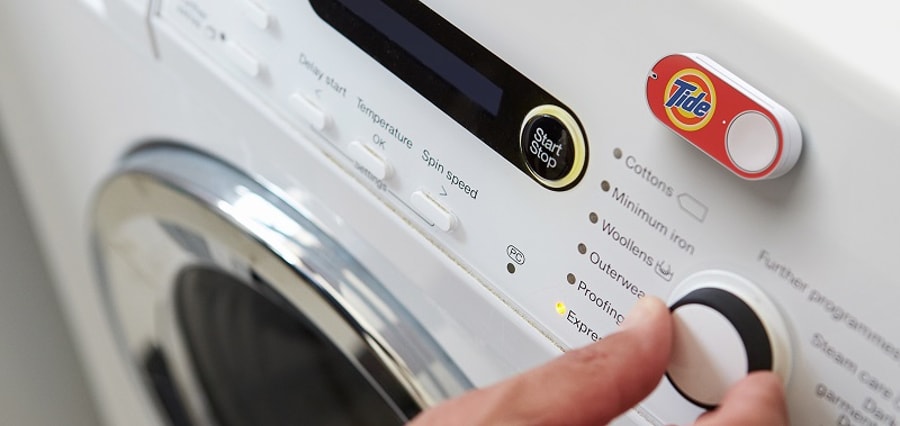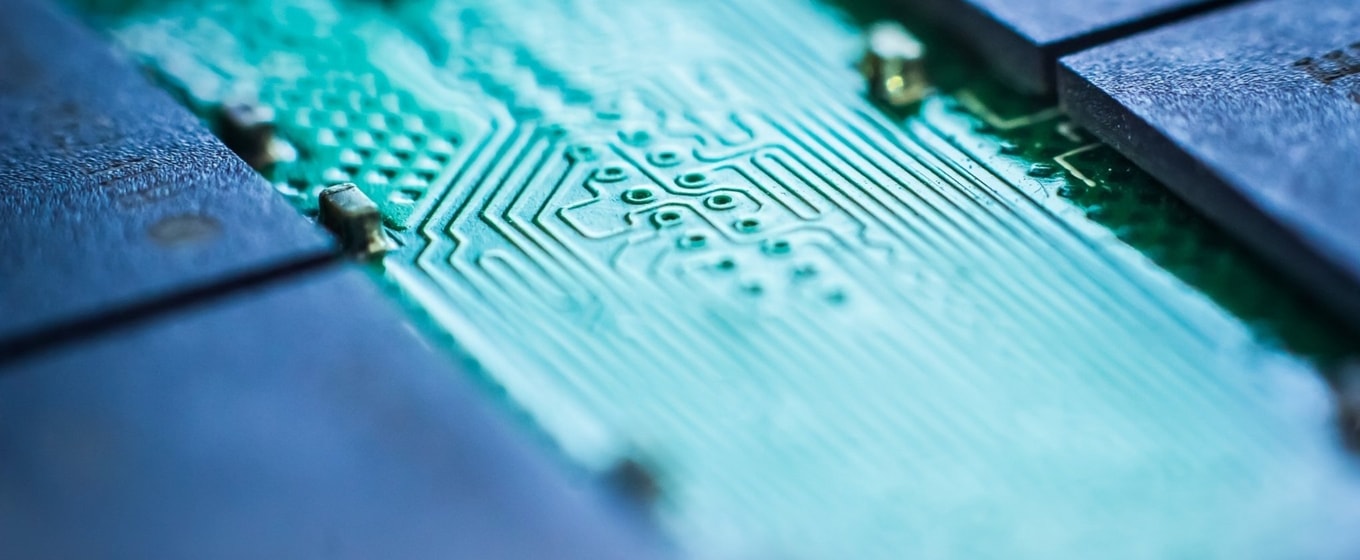The ‘internet of things’ is a funny old phrase. It affects millions of us every day in the UK and yet many of us have no idea what it means.
A phenomenon borne out of the rise of the world wide web in the early 1990s, the ‘connected web’ has steadily grown into the mainstream through a myriad of products – from toasters and kettles, to home heating systems and watches. Without many who use it even knowing what it is, it’s undoubtedly changed the face of technology and commerce over the last few years.
Many companies – from startups to
tech giants – have contributed their vision of what the internet of things
could, or should, be. In the UK, one of the more well-known examples of the
connected web playing an important role in everyday life actually lies at home.
With the government encouraging energy companies to push the use of smart meters,
‘smart home’ products such as
Hive have come to the fore, offering innovative
ranges of smart home solutions. And with products allowing you to manage your central
heating from your mobile, tablet or laptop, regulate and monitor your energy
usage and control your home’s lighting, connected home devices have been
steadily growing in popularity. The latest entrant to the ‘connected home’
market is a lot simpler, however.

Amazon's new service is designed in conjunction with common everyday items (Image courtesy of Amazon)
At the click of a button
We’ve all been there. You’ve just realised you’ve run out of toilet paper just when you need it most. Or, through some herculean squeezing, you’ve managed to get just enough toothpaste out of the end of the tube.
Enter Amazon. Or, more accurately, enter Amazon's new Dash Buttons.
Tucked away in a corner of the vast expanse of Amazon’s website is AmazonFresh, the e-commerce giant’s grocery arm. Available to Amazon Prime members, AmazonFresh makes it easy to order anything from Yorkshire puddings to Yorkshire ale with the click of a mouse. And now, through its integration with Amazon’s Dash Buttons, it’s using the connected web to bring grocery shopping to homes around the UK, with the press of a button.
Here's how it works.
Amazon offers a variety of
different Dash Buttons, each corresponding to certain products, from toilet
paper to dishwasher tablets, shaving foam to moisturising cream. Once set up – and
placed on the fridge, toilet or dishwasher – you simply have to press the Dash
Button when you find yourself running low on a certain product. It will then automatically
place an order through your linked Amazon account, and the product will arrive at
your door within 24 hours. Each Dash Button costs £4.99, but you get that back
in credit towards your first purchase of a product using a Dash Button. Every
order placed through the buttons also triggers a push notification to your
smartphone, so even if your children get a bit curious, there’s no chance of
accidentally spending £1,000 on laundry detergent.

Despite initial scepticism, Dash Buttons have been a hit in the US with consumers and brands alike (Image courtesy of Amazon)
Whilst Dash Buttons might seem like just another device to make your life 0.001% easier, it signals a clear new direction for connected home devices and the internet of things . That being said, when it was launched in the US in March 2015, it was met with deafening silence and initial uptake was slow, with a limited number or brands available through the platform. But as this number increased, so did the demand for Dash Buttons. In the words of Daniel Rausch, director of Amazon Dash, “When you are taking all of the power of Amazon and putting it into a household product, there's a lot you can do.”
Its release in the UK, however, seems to raise more questions. How will its success transfer across the Atlantic? Will it be available for all items on AmazonFresh? And, more importantly, how much time does it actually save? These are all questions that, for the moment at least, are impossible to answer. But it gives a clear indication of the way in which Amazon thinks connected home devices will go.
When you are taking the power of Amazon and putting it into a household product, there's a lot you can do.Daniel Rausch
Admittedly, Amazon is a huge company with a wealth of resources, manpower and money available to push into new markets and release new, innovative products like this. But if Jeff Bezos and the powers-that-be at Amazon headquarters are willing to spend so much time researching just what makes their users tick, design prototypes, partner with brands and finally release a product such as Amazon Dash Buttons, it’s a pretty good sign of where they think the industry, and the internet of things, is headed.






These cookies are set by a range of social media services that we have added to the site to enable you to share our content with your friends and networks. They are capable of tracking your browser across other sites and building up a profile of your interests. This may impact the content and messages you see on other websites you visit.
If you do not allow these cookies you may not be able to use or see these sharing tools.